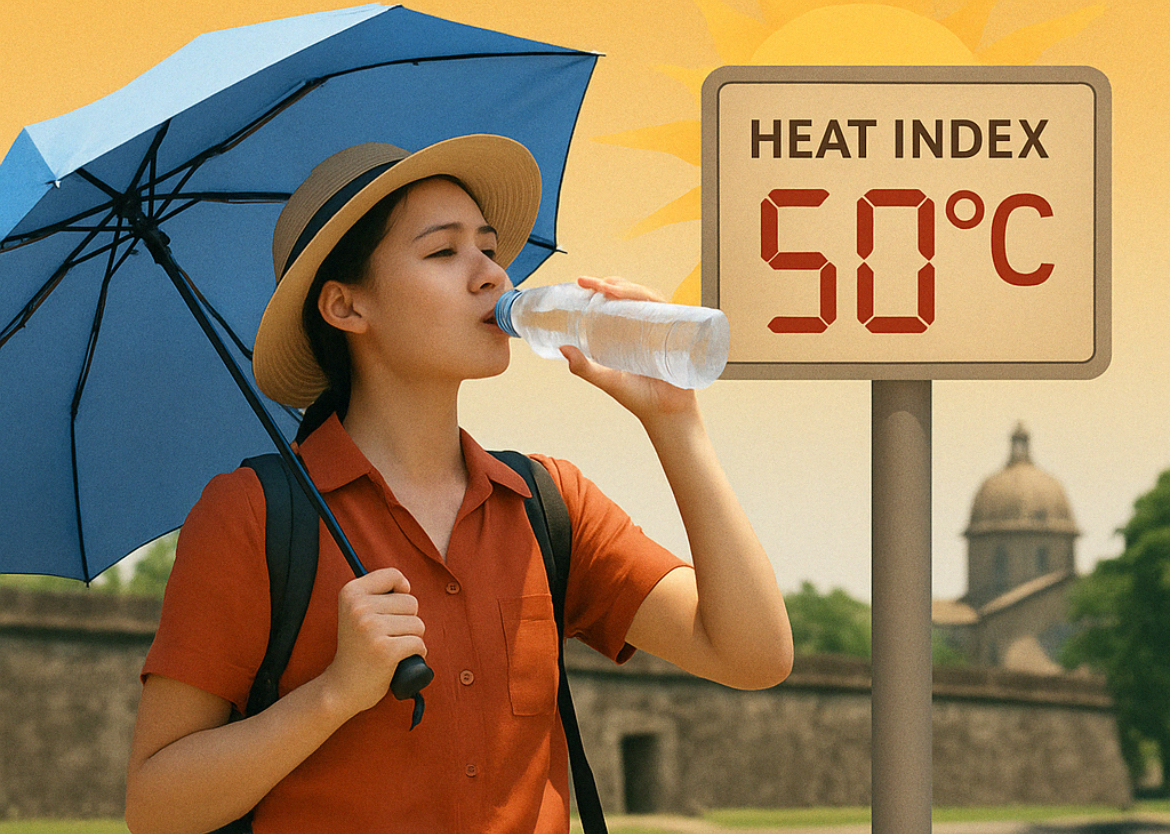In the United States, kale, avocados, spinach and flaxseeds have all been hailed “superfoods” for their nutritional density and benefits: they contain generous doses of Vitamin A, healthy fat, Vitamin K and omega-3s, respectively.
Although many superfoods typically come at a slightly steeper price tag, the Philippines is home to a number of these vitamin- and mineral-packed foods at a cost that won’t empty out your wallet.
Coconuts
The coconut, a “power fruit,” is a rich source of Vitamins B1, B3, B5, B6, C and E. It is also abundant in fiber, calcium, iron, magnesium, phosphorous, selenium and sodium. Coconuts are the source of many power fruit-related products, including coconut oil, desiccated coconut, coconut milk, coconut gel, and more. BBC Good Food reports that a 100ml serving of canned coconut milk contains 154 calories, 1.4 grams of protein, 15 grams of fat and 3.4 grams of carbohydrates.
Mangoes
The golden fruit of the Philippines is a cholesterol-free, low-fat and low-calorie superfood loaded with Vitamins A and C, dietary fiber and antioxidant compounds, SF Gate reports. Including these nutrients in your diet helps ward off serious medical conditions. A 2009 article in “Nutrition Reviews” stated that those who regularly consume fiber-rich foods may have a smaller chance of suffering from conditions such as cancer, heart disease, hypertension, obesity, stroke and ulcers.
One cup of sliced, raw mango gives you 89 micrograms of Vitamin A, or 13 percent of the U.S. Department of Agriculture’s suggested daily intake of the vitamin. This same serving has 60 milligrams of Vitamin C, which is equivalent to 80 percent and 66 percent of a woman’s and man’s daily need of the vitamin, respectively.
As for dietary fiber, half of a peeled mango has approximately three grams, both soluble and insoluble.
Pineapples
The pineapple, another tropical fruit easily found in the Philippines, contains several beneficial nutrients, including Vitamin C and manganese, which both help the body prevent cell damage caused by free radicals, The Guardian reports. Manganese also helps with producing enzymes that aid in energy production.
Pineapples also contain bromelain, a compound with protein-digesting enzymes that are thought to help with digestion.
Because pineapples are sweet fruits, it is best to eat them in their natural form rather than as juice. Rich in fiber, eating a pineapple helps delay the rate that sugar is released while one is digesting.
Mangosteen
Primarily grown in Southeast Asia, mangosteens are difficult to find in the continental United States. The tropical fruit contains higher-than-average levels of vitamins and minerals. The rind in mangosteen contains xanthones, compounds that may fight cancer and inflammation. In the United States, while the fruit is not easily accessible, mangosteen juice products that infuse xanthones can be found.
A 2009 article in “Nutrition Journal” found that subjects who consumed a proprietary mangosteen juice two times per day showed a significant drop in inflammatory indicators in their bloodstream compared to those who took a placebo. Researchers, however, noted that further studies are needed to confirm benefits realized in the study and to observe if any negative side effects arise.
Malunggay
This vegetable, found abundantly in the Philippines, has become more widely recognized for its high nutritional value.
It contains: 50 times the Vitamin B2 found in bananas; 50 times the Vitamin B3 contained in peanuts; 36 times the magnesium in eggs; seven times the amount of Vitamin C found in oranges; four times the beta carotene content of carrots; four times the amount of calcium in milk; at least three times the iron found in spinach; three times the amount of potassium contained in bananas; and amino acids.
Among its health benefits include reduction of inflammation, lowering blood pressure and sugar levels, and improving liver function.
(With reports from BBC, Philstar, Rappler, Real Simple, SF Gate and The Guardian)





